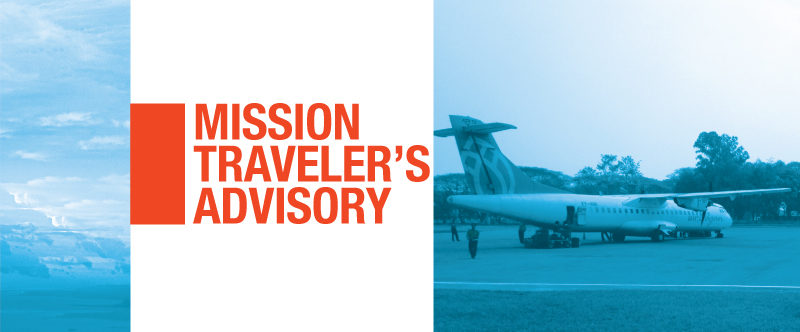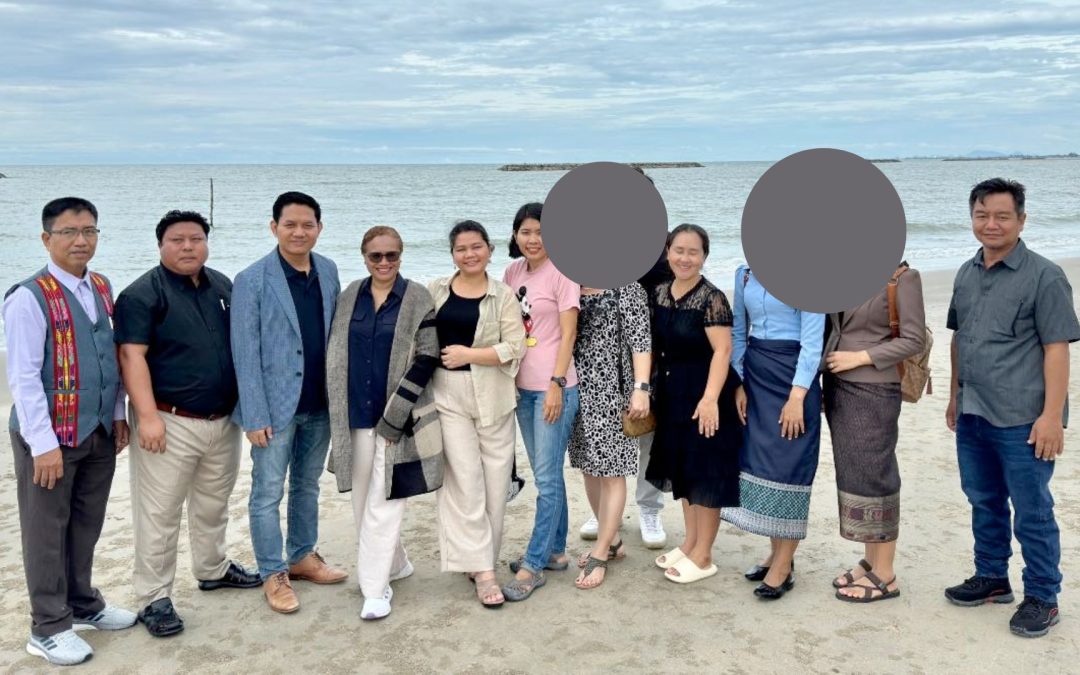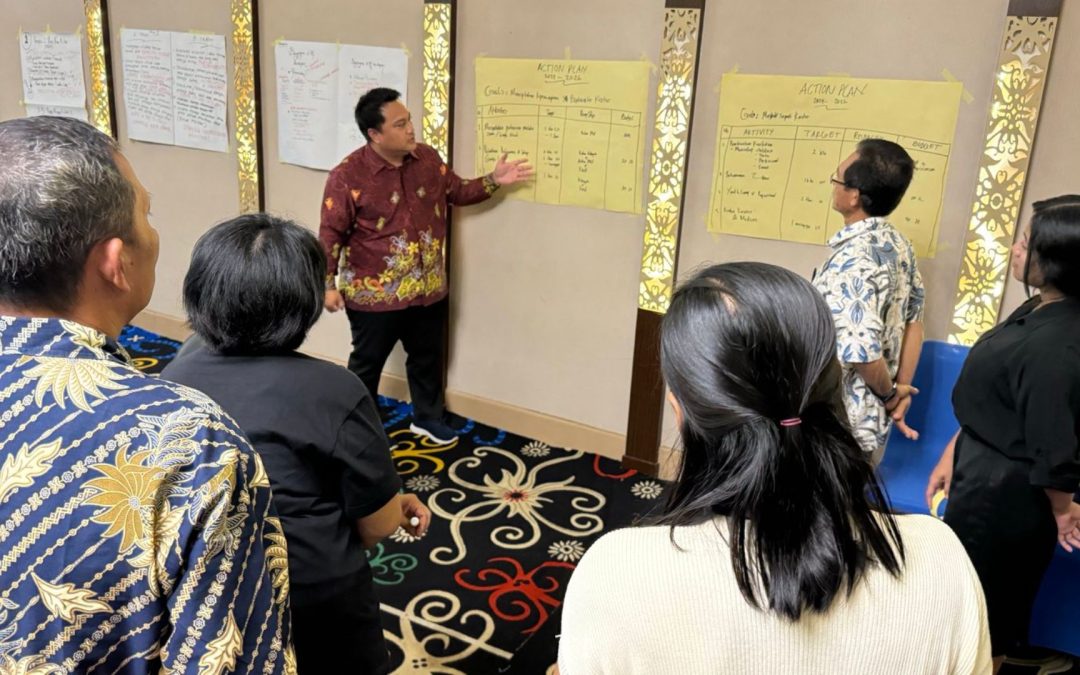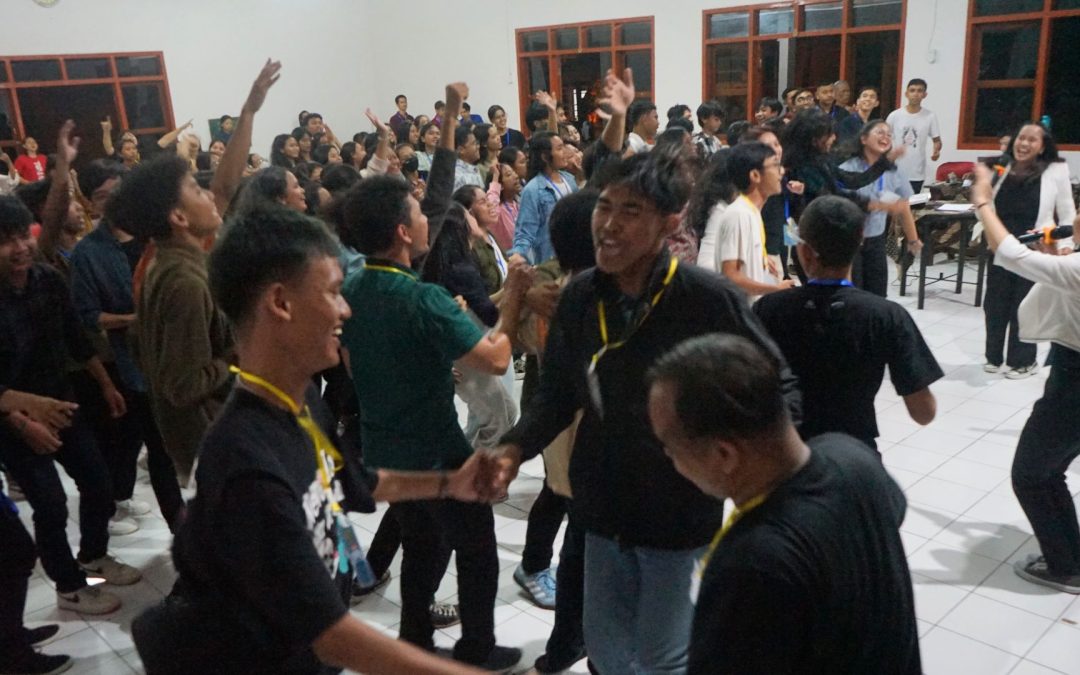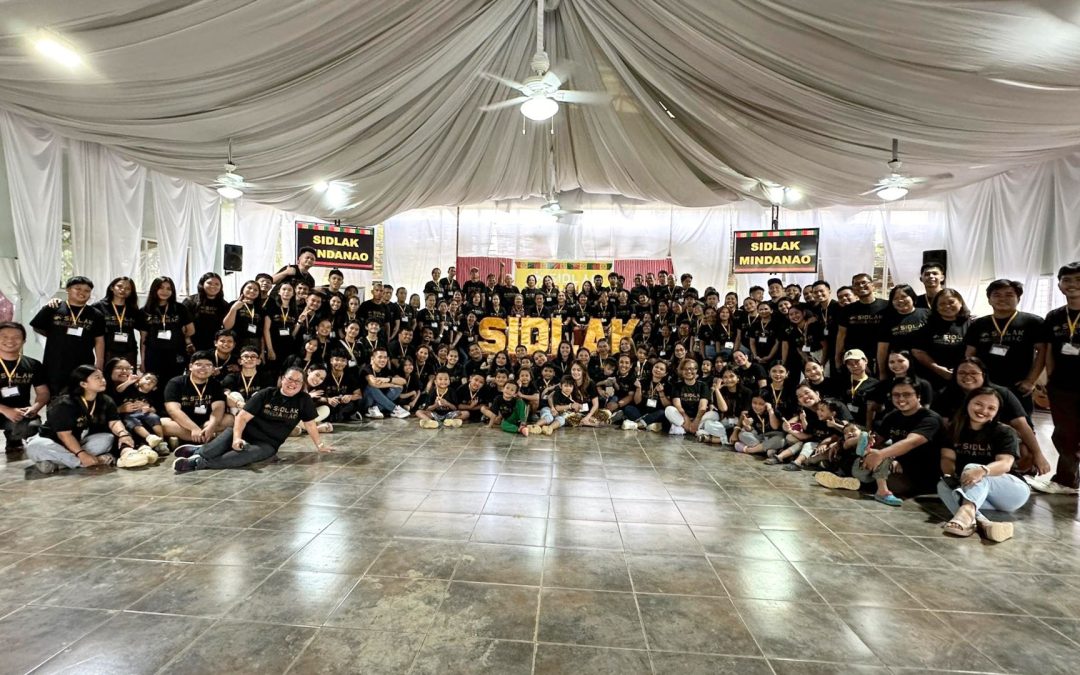Asia-Pacific Region: Some incidents of concern have been arising in the news across the Asia-Pacific Region over the past few months. As we approach the summer season and increased short-term mission trips, we wanted to take a moment to share some thoughts from a recent government security update.
The existence of smartphones and other photography tools has made picture taking easier and more convenient. We want to immortalize memories by snapping photos of just about everything- people, sites and scenery, even new and exciting experiences. This especially holds true whenever we travel, be it local or abroad.
However, photography etiquette has evolved through the years. What was considered acceptable back then may not be the case at present. If we are not careful, we might find ourselves in uncompromising situations. It is best that we educate ourselves particularly when we travel out of the country to protect us from possible security and legal risks.
Here are some guidelines we should observe whenever we take photos during our travels:
- Conduct oneself in a courteous manner- Risque photos, improper skin exposure, and other similar behavior might be considered inappropriate in some, if not most countries.
- Read building signs, follow and listen to site rules and regulations- Some establishments and scenery are not allowed for photography. This might include government buildings, embassies, restricted areas, military facilities, religious structures and heritage sites. In most tourist destinations, a signage will often be posted if photography is not allowed. It is also helpful to read the rules and regulations located at the entrance of the establishment or if there is a guide explaining their dos and don’ts, it is always a good idea to listen.
- When in doubt, approach the authorities- There are some places where the use of the “selfie stick” (an adjustable rod used to take photos of oneself beyond the normal range of an arm) is banned. In cases when there is no signage or signage is unclear, make sure to ask the authorities if taking photos and use of photography paraphernalia are permitted.
- Ask for the person’s consent- When taking photos of individuals or a group of people, it is but polite to ask them first if he/she or they are agreeable to being photographed. This comes handy, for example, in places that are not commonly visited by tourists and locals become easily suspicious of strangers. Taking photos of the residents, especially children might cause alarm and provoke panic and violence. There are even countries where it is illegal to take photos of people unless everyone included has given permission.
- Familiarize oneself with the area’s basic policies, customs and traditions- There are certain countries where taking “selfies” and posting them online are illegal. There are also areas where taking photos of people might go against spiritual beliefs of the locals and is deemed disrespectful. Take time to do a little research and read about the place where you will visit.
- Many Airlines Are Restricting Camera Use On Board- Beware. There have been several incidents in the past few months where passengers on airlines have been surprised to be informed that taking pictures of themselves and others while onboard, violates airline policies. In some cases, passengers have actually been removed from the aircraft, one travel writer just for taking a picture of the entertainment system at his seat. Be sure you check with the airline cabin crew before taking a picture at the risk of cutting your travel plans short.
Depending on the country involved, visitors who violate local law or custom can be placed in jail, charged with fines, and/or be declared persona non grata. As the saying goes, “Ignorance of the law excuses no one”, and it wouldn’t hurt if we equip ourselves with knowledge, listen and follow.
— Asia-Pacific Work and Witness Coordination

